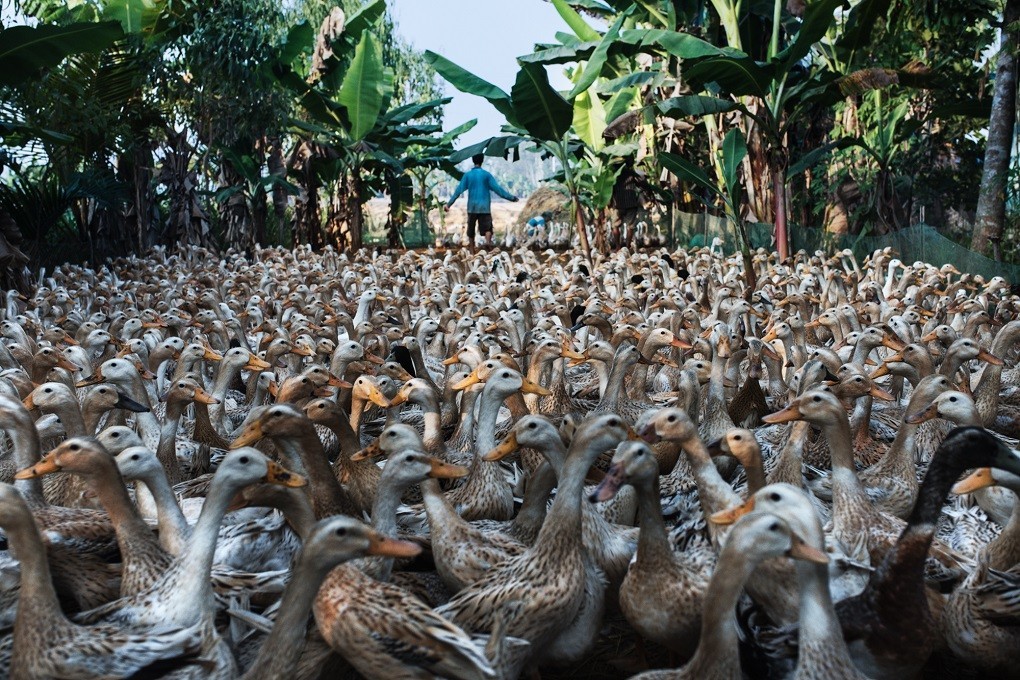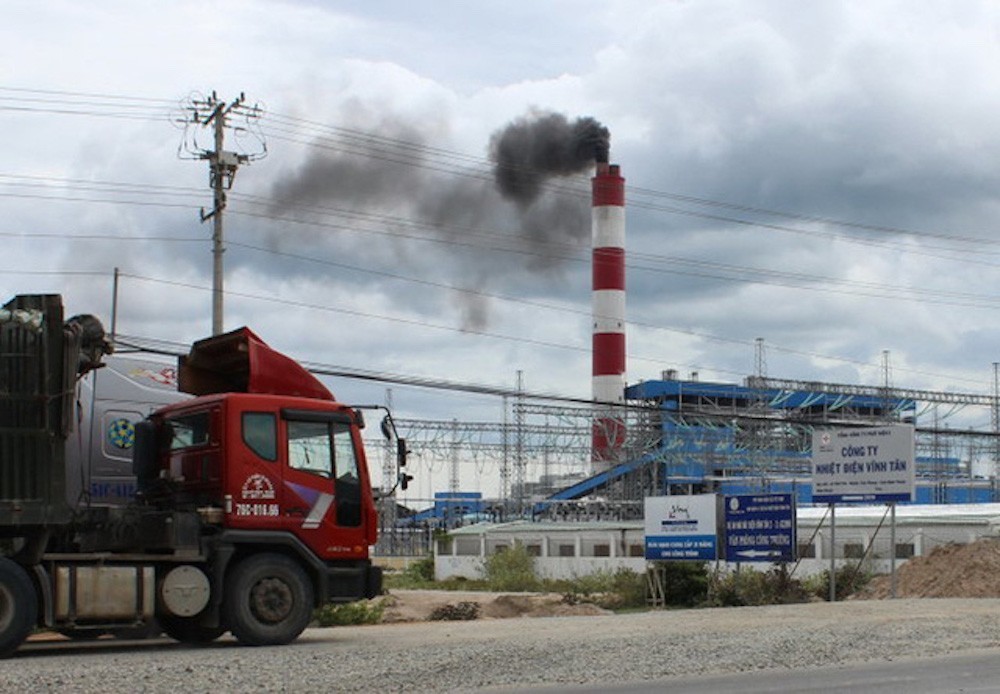As dam construction surges across Southeast Asia’s Mekong region, major changes in river flows, sedimentation, and fisheries are taking place. To understand the full impacts of these changes on ecosystems and communities, data needs to be gathered and openly shared across borders in a way that makes basin level analysis realistic.
Although information sharing between continental Southeast Asian countries has not always been very forthcoming, crucial data tracking on dam building has been carried out by researchers and NGOs for many years. This data has recently served as a key resource for regional assessments of the impacts of dam development. If the region is to make smart decisions on dams and water management, investments in open data need to be a priority.
Free and open dataset
Over the past seven years, the CGIAR Research Program on Water, Land and Ecosystems (WLE) in the Greater Mekong has been compiling and maintaining a database that identifies all of the existing, under-construction and planned dams in the Irrawaddy, Mekong, Red and Salween river basins. This ‘Dams Observatory’ tracks all hydropower dams that are larger than 15 megawatts installed capacity, and/or those with a reservoir area of 0.5km2 or larger. The dataset currently comprises 850 dams, including 594 completed, 136 planned, and 44 under construction.
The database also tracks other variables associated with the dams, including technical characteristics such as height, length, reservoir volume, as well as the purpose of the dam.
While forty-four percent of the dams tracked are for irrigation, these are the dams for which there is typically the least data, while hydropower dams are the ones on which the observatory has the most information.
The database is an international public good, which anyone can access upon application. Since the data set was released, the WLE Greater Mekong team has distributed it to 64 different institutions, many of whom are masters or PhD students. The program asks users to identify what they use the dataset for, share any resulting outputs or products with them.
Mapping dams and trade-offs
One such output was a map that Riccardo Pravettoni generated last year, a rendering that shows hydropower distribution an installed capacity and was generated in support of a report on water grabbing globally. In any case, it’s always great to end up in a piece of work prefaced by Vandana Shiva.
There are many challenges associated with mapping the data set, many of which the WLE Greater Mekong team are intimately familiar. They have produced dam maps of each basin, available for download, each of which has its own unique quirks. For instance, only about 4% of the Irrawaddy is located in China, but there are around 35 hydropower dams compressed into this tiny area – more than there are in the whole of Myanmar. The density is so high it is challenging to display it in a way that makes sense.
The data from the Dams Observatory is now being used in two exciting new ways. One is a reservoir mapping tool that predicts the inundation area of prospective dams in the Irrawaddy, Salween, Mekong, and Red River basins, and was created by a team at the SERVIR-Mekongprogram, a unique partnership between the U.S. Agency for International Development (USAID) and the U.S. National Aeronautics and Space Agency (NASA), implemented by the Asian Disaster Preparedness Center.
“The tool uses the information from the database to model the reservoir area for a given dam, which allows people to start seeing the water footprint of dams in the region,” says Aekkapol Aekakkararungroj, GIS and Metadata officer at SERVIR-Mekong. “We hope it will help hydrologists, policy makers, and development practitioners in the region gain insight into the impacts that dams are having in the region.”
The tool allows users to reflect on trade-offs between different water users and uses. For instance, land inundated by water cannot be used for agriculture, but if the land it irrigates increases productivity significantly, then the loss of land could be worth it.
Tools like this are also a first step towards much larger databases and analyses to evaluate complex trade-offs at scale. There has been some great work done on the impacts of the mainstream Mekong dams, but not that much on the tributary dams. Information on system-wide implications of all this dam building, or how these costs are distributed, is conspicuously missing.
Dam impacts on ecosystems and livelihoods
Another new use of the data set has been to evaluate how dams alter a river’s hydrology. Finnish and Lao researchers used the dataset to do this for the Mekong. By comparing discharge data since major hydropower operations began in 2011 to data that is available from 1960 onwards, the researchers observed that there was an increase in the amount of water discharge during the dry season and a decrease in discharge during the wet season. The impacts of this change on riparian livelihoods and agriculture were observed as far downstream as Cambodia.
Again, this gives us real insights into trade-offs, and while there are those who argue that these changes are good – they mean that there’s more water in the dry season for irrigation and shipping, and less water in the wet season meaning lower flooding risk and less damage to infrastructure – there’s also a significant environmental price tag, which decision makers start need to taking into account.
Enabling free access to data on the scope of dam development allows researchers and decision makers to track the pace and magnitude at which the region’s rivers are being changed. In so doing, they can anticipate future changes that might prevent loss of livelihoods and important natural and man-made capital. If planning is to take place at the basin scale in a way that enables responsible and cooperative action, open data is an invaluable asset.




